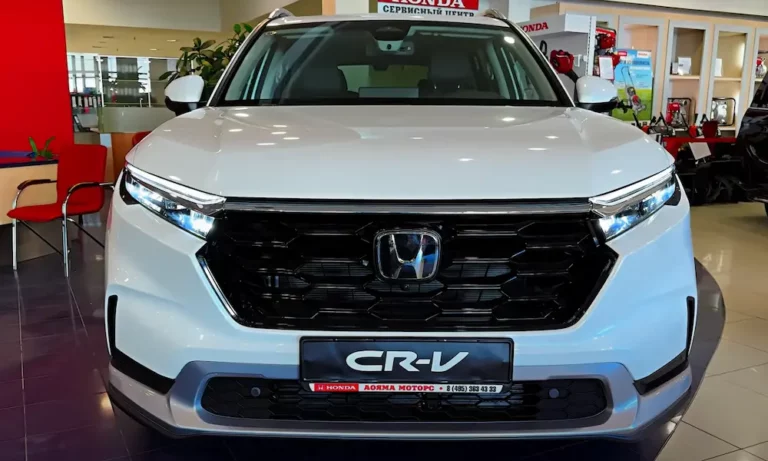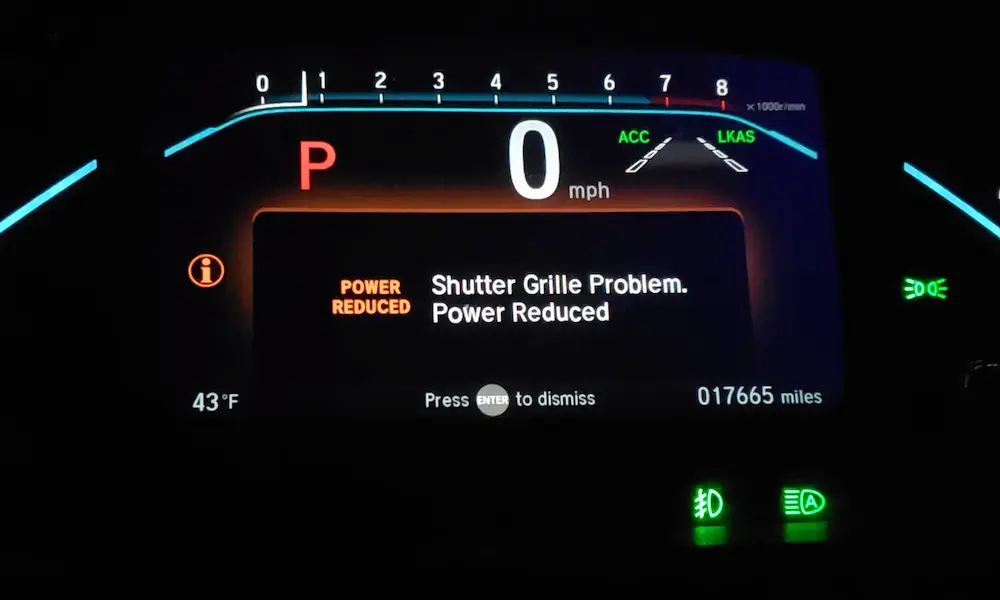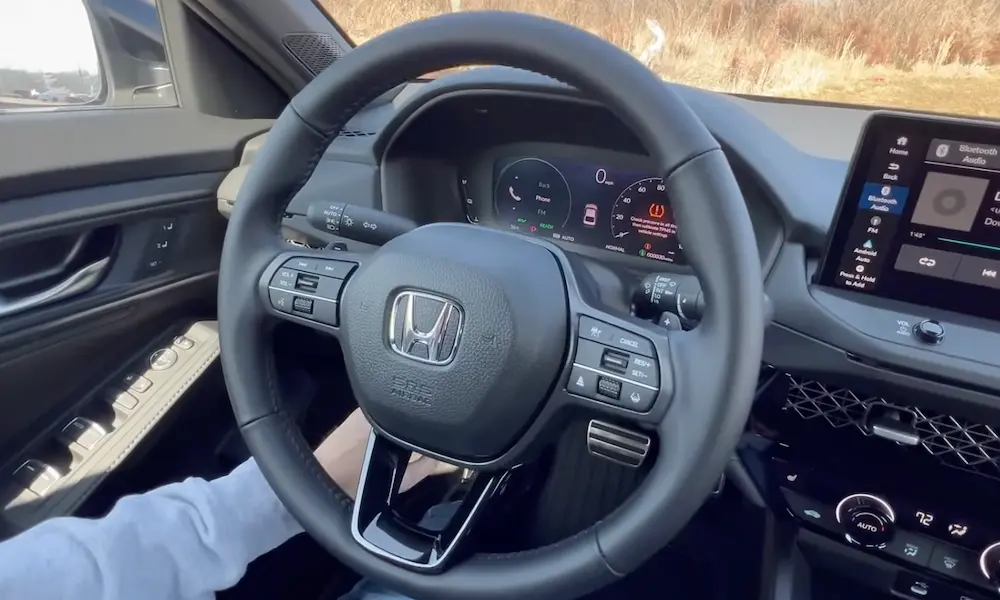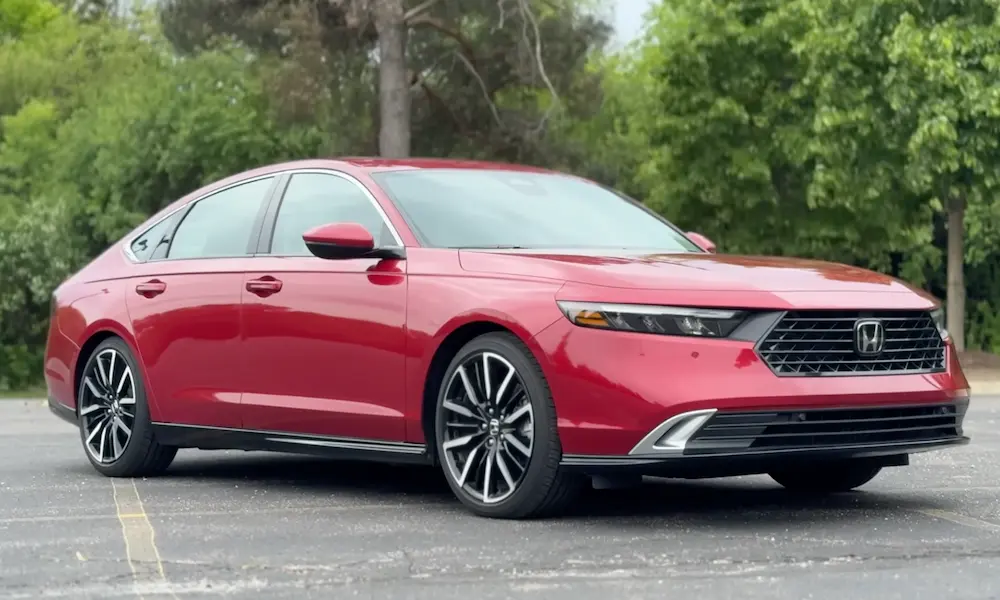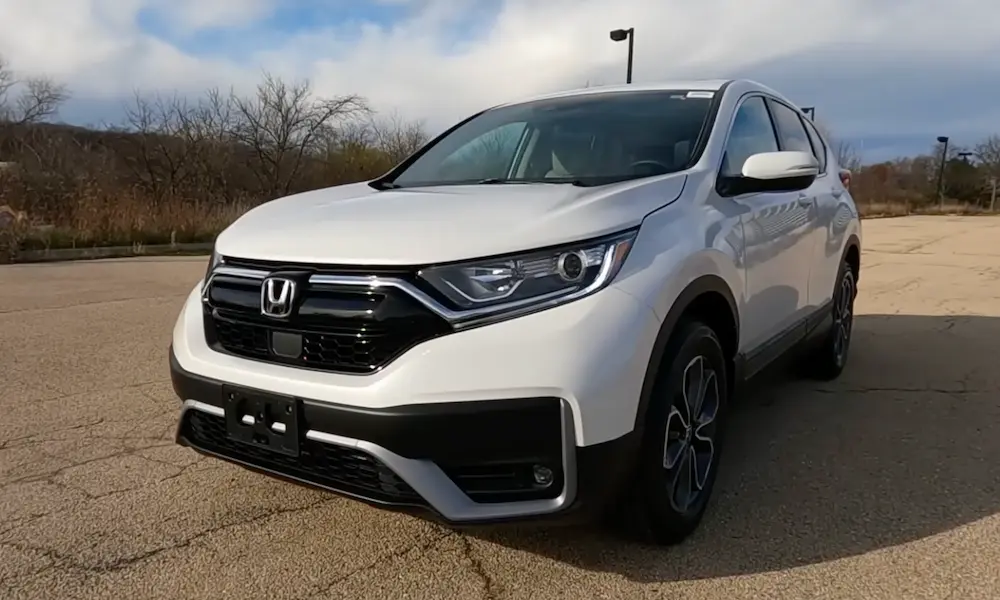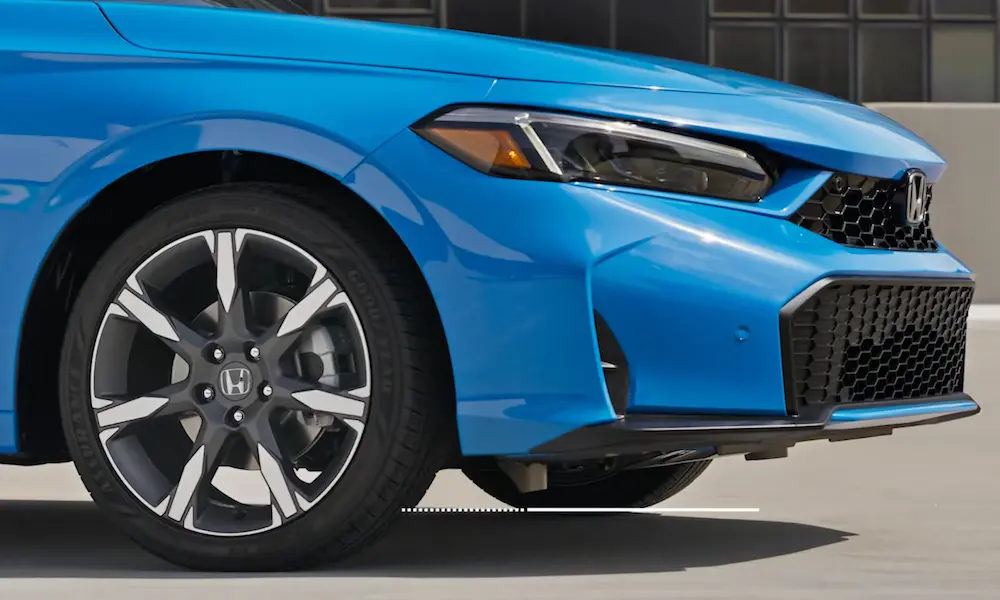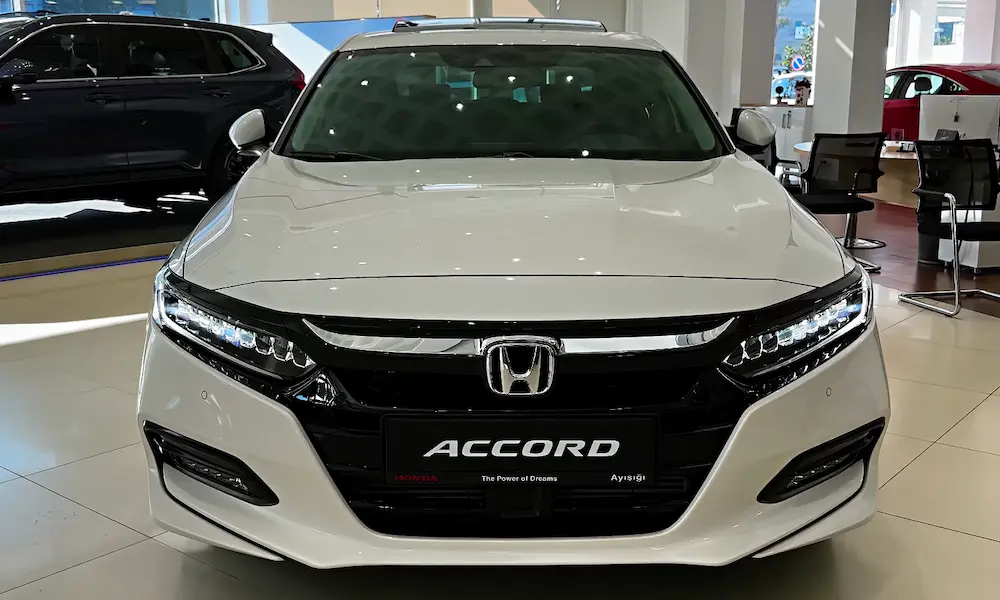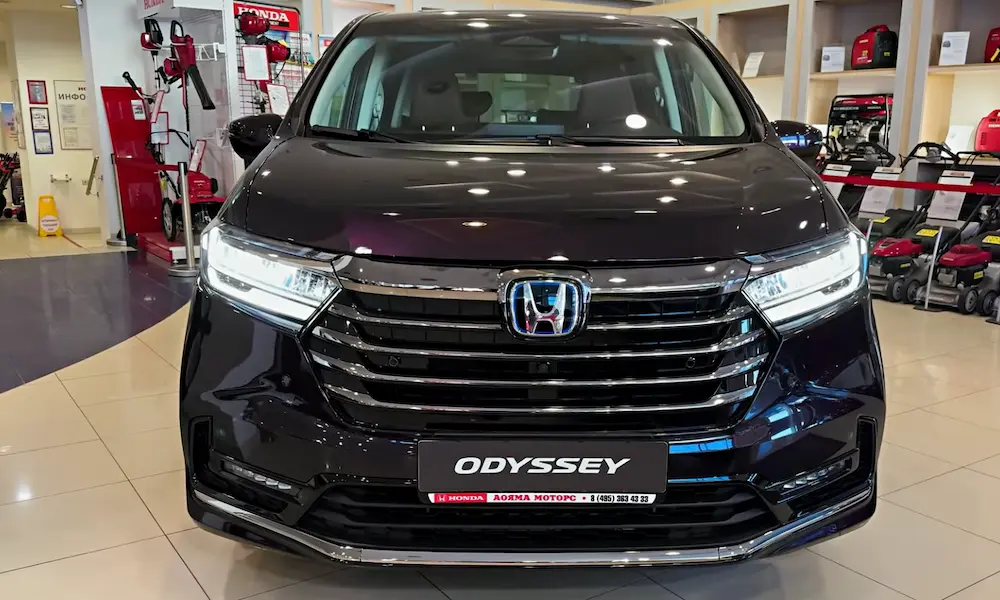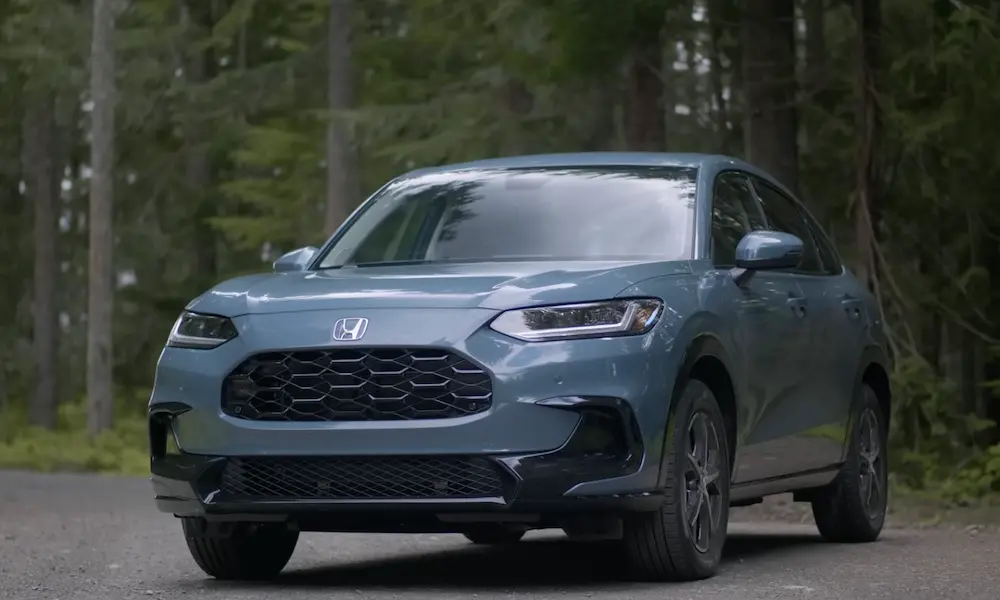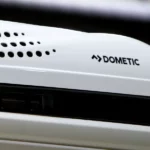Ever wondered where your Honda CR-V actually comes from? With sales consistently ranking it among the world’s most popular SUVs, Honda has developed an impressive global manufacturing network to meet demand. Let’s dive into the worldwide production locations of the Honda CR-V and what it means for buyers.
Honda CR-V Manufacturing: North American Production Hub
Honda has established North America as its primary manufacturing region for the CR-V, with multiple facilities producing vehicles for both domestic use and export markets.
United States Plants: The Core of CR-V Production
The United States houses three major facilities where the Honda CR-V is manufactured:
Greensburg, Indiana (Honda Manufacturing of Indiana)
- Began CR-V production in 2017
- Specializes in gasoline-powered CR-V EX and EX-L trims
- Strategic midwest location offers efficient distribution
- Features a 2.7 million-square-foot campus with 2,500+ workers
- Known for implementing “green factory” environmental initiatives
East Liberty, Ohio (East Liberty Auto Plant)
- Honda’s first U.S. auto plant, opened in 1989
- Started CR-V production in 2007
- Shares assembly lines with Acura RDX and MDX models
- Benefits from proximity to Honda R&D Americas in Raymond, Ohio
- This allows for quick engineering updates and quality improvements
Marysville, Ohio (Performance Manufacturing Center)
- Recently retooled to produce the 2025 CR-V e:FCEV
- Former home of Acura NSX production
- Received a $14 million investment for specializing in fuel cell vehicles
- Includes specialized welding systems for hydrogen tank integration
- Features a dedicated battery pack assembly line
Canadian Production: Alliston, Ontario
The Honda of Canada Manufacturing facility in Alliston, Ontario serves as the CR-V’s global lead plant since 2012. This facility:
- Produces over 300,000 CR-Vs annually
- Supplies vehicles for North American markets and export
- Pioneered hybrid CR-V production starting October 2022
- Is targeting hybrid models to make up 50% of production by 2025
- Received a $1.4 billion upgrade in 2021 to accommodate sixth-generation models
Together, these North American facilities ensure that approximately 95% of CR-Vs sold in the U.S. market are manufactured regionally.
Asian Manufacturing Facilities
China: Strategic Joint Ventures
Honda manufactures the CR-V in China through two major joint ventures:
Dongfeng Honda (Wuhan Plant)
- Producing CR-Vs since 2004
- Makes the China-exclusive “Breeze” variant
- Introduced the CR-V e:HEV hybrid in 2020
- Production aligns with China’s New Energy Vehicle (NEV) mandates
GAC Honda (Guangzhou Plant)
- Added to CR-V production network in 2019
- Focuses on meeting demand in southern China
- Complements Dongfeng’s northern market focus
Japan: Legacy Production
While most Japanese-market CR-Vs now come from North America, some production continues at the Yorii Plant in Saitama. This facility:
- Maintains limited production for domestic Japanese sales
- Emphasizes hybrid variants to meet Japan’s high hybrid adoption rate (40%)
- Represents Honda’s manufacturing heritage in its home country
Other Asian Production Centers
Thailand (Prachinburi Plant)
- Supplies CR-Vs to ASEAN markets since 2016
- Produces right-hand-drive configurations for Malaysia and Indonesia
- Serves as a regional hub for Southeast Asian distribution
India (Greater Noida Plant)
- Started localized CR-V assembly in 2020
- Helps Honda bypass India’s 100% import tariffs on completely built units
- Caters to specific requirements of the Indian market
European Production History
Until 2021, Honda produced CR-Vs for European markets at its Swindon, UK plant, which operated from 2000 until its closure due to Brexit-related challenges. Currently, European CR-Vs are imported from Japan and China.
How to Identify Where Your CR-V Was Made
Curious about where your specific CR-V was manufactured? Here’s how to find out:
VIN Decoding Method
The Vehicle Identification Number (VIN) contains clear indicators of origin:
- First character indicates country of origin:
- 1, 4, 5 = United States (5XY typically means Marysville, Ohio)
- 2 = Canada (Alliston, Ontario)
- J = Japan (Yorii Plant)
- L = China (Dongfeng Honda)
- The 11th character specifies the assembly plant:
- E = Greensburg, Indiana
- L = East Liberty, Ohio
- H = Alliston, Ontario
Driver’s Door Placard
The legally required door jamb sticker includes the “Final Assembly Point” with city, state, and country information.
Manufacturing Location and Quality: What You Should Know
Many consumers wonder if a CR-V’s manufacturing location affects its quality. According to data:
- Honda implements its Global Quality Standard (HGQS) across all plants
- This ensures identical specifications for torque, weld points, and paint thickness
- Approximately 85% of CR-V components come from Honda-approved global suppliers
- Regional plants use identical critical components like ABS modules and fuel injectors
- J.D. Power Initial Quality Studies show negligible differences between U.S.-built CR-Vs (87/100) and Japanese imports (85/100)
| Manufacturing Location | Percentage of U.S. Market CR-Vs | Key Models Produced |
|---|---|---|
| Indiana (Greensburg) | 31% | CR-V EX, EX-L |
| Ohio (East Liberty) | 29% | CR-V Sport, Touring |
| Ontario (Alliston) | 35% | CR-V Hybrid models |
| Japan/Other | 5% | Special editions |
The Future of CR-V Manufacturing: Electrification
Honda is investing heavily in electrification, with direct impacts on CR-V production:
CR-V e:FCEV (Marysville, Ohio)
- Features a 176-hp fuel cell stack co-developed with GM
- Includes a 17.7 kWh battery for 270-mile EPA range
- Uses aluminum space frame technology derived from NSX production
CR-V Hybrid Expansion
- Alliston Plant increased hybrid output to 60,000 units yearly in 2024
- Added a second battery module production line
- Indiana Plant was retooled for flexible hybrid/gasoline production
- Reduced production line changeover time to just 18 minutes
Electrification in China
- Dongfeng Honda’s Wuhan plant now dedicates 30% of CR-V production to e:PHEV plug-in hybrids
- These models feature a 73-mile electric-only range
- Responds to China’s aggressive electrification policies
Manufacturing Insights: Parts Sourcing and Production Volume
Honda’s “glocalization” strategy (global standards with local adaptations) extends to parts sourcing:
- Engine production is typically near vehicle assembly plants
- Major components like transmissions and electronics often come from specialized facilities
- Many CR-V models sold in America contain 65-80% U.S./Canadian parts content
- NHTSA parts content labeling shows most CR-Vs exceed 70% North American content
| Plant Location | Annual CR-V Production Capacity | Primary Market Served |
|---|---|---|
| Indiana, USA | 250,000 | U.S. East/Midwest |
| Ohio, USA | 240,000 | U.S. National |
| Ontario, Canada | 300,000+ | U.S./Canada/Export |
| Wuhan, China | 180,000 | China/Asia |
| Guangzhou, China | 120,000 | China/Asia |
| Thailand | 100,000 | Southeast Asia |
The Global CR-V: Manufacturing Evolution
The CR-V’s manufacturing footprint has evolved significantly since its 1995 introduction:
- First generation (1995-2001): Primarily manufactured in Japan and UK
- Second generation (2002-2006): Added North American production
- Third generation (2007-2011): Expanded to China, expanded U.S. capacity
- Fourth generation (2012-2016): Ontario became global lead plant
- Fifth generation (2017-2021): Added Indiana plant, increased Asian capacity
- Sixth generation (2022-present): Focus on hybrid production, fuel cell vehicles
Honda’s approach demonstrates how global automakers balance centralized engineering with localized production to maintain quality while meeting regional market demands.
Why Honda Manufactures CR-Vs Globally
Honda’s distributed manufacturing strategy for the CR-V serves several purposes:
- Reduces exposure to currency fluctuations and trade disputes
- Minimizes shipping costs and logistics challenges
- Allows customization to regional preferences and regulations
- Creates manufacturing jobs in key markets (political goodwill)
- Provides production flexibility during supply chain disruptions
This approach has helped the CR-V maintain its position as one of the world’s best-selling SUVs despite increasing competition.

